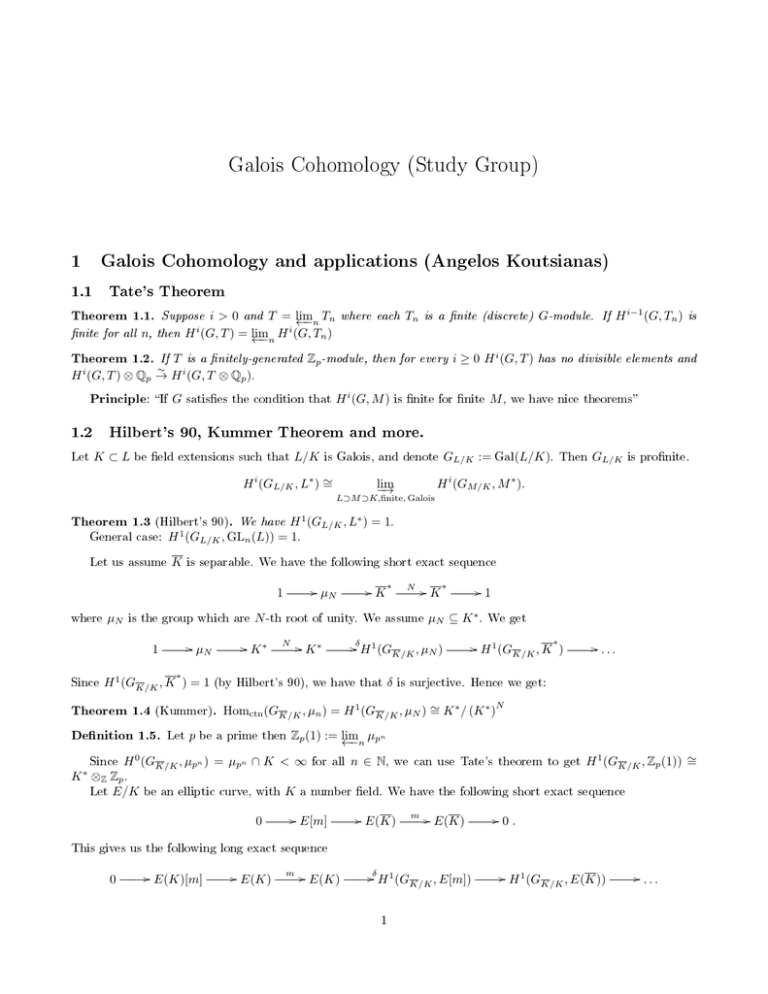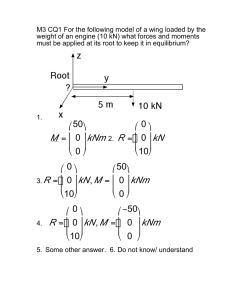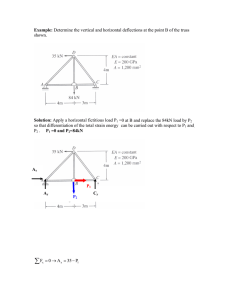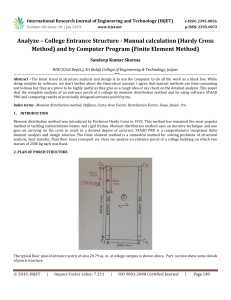Galois Cohomology (Study Group) 1 Galois Cohomology and applications (Angelos Koutsianas)
advertisement

Galois Cohomology (Study Group)
1
Galois Cohomology and applications (Angelos Koutsianas)
1.1
Tate's Theorem
Theorem 1.1. Suppose
i > 0 and T = limn Tn where each Tn is a nite (discrete) G-module. If H i−1 (G, Tn ) is
←−
H i (G, Tn )
nite for all n, then H i (G, T ) = lim
←−n
Theorem 1.2. If T is a nitely-generated Zp -module, then for every i ≥ 0 H i (G, T ) has no divisible elements and
∼
H i (G, T ) ⊗ Qp → H i (G, T ⊗ Qp ).
Principle:
1.2
Let
If
G
satises the condition that
H i (G, M )
is nite for nite
M,
we have nice theorems
Hilbert's 90, Kummer Theorem and more.
K⊂L
be eld extensions such that
L/K
is Galois, and denote
H i (GL/K , L∗ ) ∼
=
GL/K := Gal(L/K).
Then
GL/K
is pronite.
H i (GM/K , M ∗ ).
lim
−→
L⊃M ⊃K,finite, Galois
Theorem 1.3 (Hilbert's 90). We have H 1 (GL/K , L∗ ) = 1.
H 1 (GL/K , GLn (L)) = 1.
General case:
Let us assume
K
is separable. We have the following short exact sequence
/ µN
1
where
µN
is the group which are
Since
/ K∗
/ µN
1
∗
H 1 (GK/K , K ) = 1
Since
∗
Let
p
/ K∗
N
δ/
/ K∗
µN ⊆ K ∗ .
H 1 (GK/K , µN )
δ
/1
We get
/ H 1 (G
K/K , K
∗
)
/ ...
is surjective. Hence we get:
N
Homctn (GK/K , µn ) = H 1 (GK/K , µN ) ∼
= K ∗ / (K ∗ )
be a prime then
Zp (1) := limn µpn
←−
H 0 (GK/K , µpn ) = µpn ∩ K < ∞
K ⊗Z Zp .
Let E/K
N
root of unity. We assume
(by Hilbert's 90), we have that
Theorem 1.4 (Kummer).
Denition 1.5.
N -th
/ K∗
be an elliptic curve, with
K
for all
we can use Tate's theorem to get
H 1 (GK/K , Zp (1)) ∼
=
a number eld. We have the following short exact sequence
/ E[m]
0
n ∈ N,
/ E(K)
m
/ E(K)
/0.
This gives us the following long exact sequence
0
/ E(K)[m]
/ E(K)
m
/ E(K)
δ/
H 1 (GK/K , E[m])
1
/ H 1 (G
K/K , E(K))
/ ...
/ E(K)/mE(K)
0
δ
/ H 1 (G
K/K , E[m])
/ H 1 (G
K/K , E(K))[m]
/0
Again by Tate we have
E(K) δ
,→ H 1 (GK/K , Tp (E))
E(K) ⊗ Zp = lim n
←
−
p
E(K)
n
where
Tp (E) := limn E[pn ].
←−
1.3
Milnor
K -group
K be a local
a, 1 − a ∈ K ∗ .
Let
eld, the Hilbert symbol is a bilinear function
(
n=2
In this case the Hilbert symbol is dened as
Denition 1.6.
We dene the
n-th
Milnor
K -group
(a, b) =
of the eld
K ∗ × K ∗ → µn
such that
(a, 1 − a) = 1
when
1
z 2 = ax2 + by 2 has non trivial solution on K 3
.
−1 else
F
(for
n ≥ 1)
to be
n times
KnM (F )
z
}|
{
= (F ∗ ⊗ · · · ⊗ F ∗ )/Fn
where
Fn = ha1 ⊗ · · · ⊗ an : ∃i 6= j with ai + aj = 1i .
F ∗ × · · · × F ∗ → KnM (F ) dened by (a1 , . . . , an ) 7→ {a1 , . . . , an } := a1 ⊗ · · · ⊗ an
n
m
z
}|
{
}|
{
z
mod Fn . Observing that Fn ⊗ F ⊗ · · · ⊗ F and F ⊗ · · · ⊗ F ⊗ Fn are both in Fn+m , we can dene KnM (F ) ×
M
M
Km
(F ) → Kn+m
(F ) by ({a1 , . . . , an }, {b1 , . . . , bm }) → {a1 , . . . , an , b1 , . . . , bm }. Hence we have a graded ring
M
K (F ) = ⊕n≥0 KnM (F ) where we dene K0n (F ) = Z.
We have the following map
We have a short exact sequence
1
/ µN
/ F∗
N
/ F∗
/1
δF : F ∗ → H 1 (GF /F , µN )
Recall that we have the cup product:
∪
H 1 (GF /F , µN ) × · · · × H 1 (GF /F , µN ) → H n (GF /F , µ⊗n
n )
|
{z
}
n
Theorem 1.7. The map ∪ ◦ δ induces a homomorphism hF
: KnM (F ) → H n (GF /F , µ⊗n
N ).
Bloch - Kato - Voevodsky's Theorem (Fields Medal). For every eld F and (N, charF ) = 1, then hF gives
an isomorphism
∼
hF : KnM (F )/N KnM (F ) → H n (GF /F , µ⊗n
N )
for all n ≥ 1.
2






